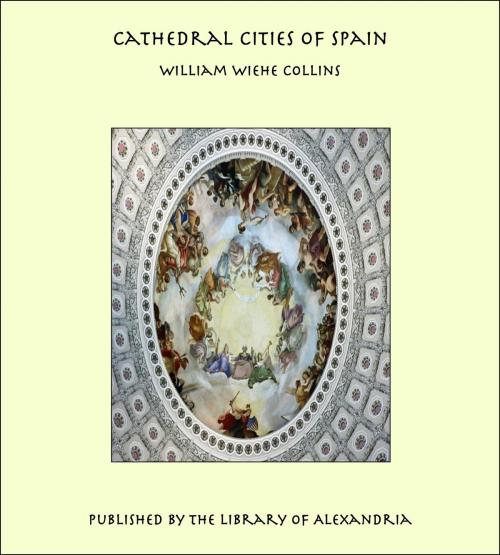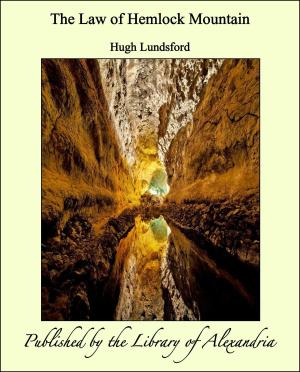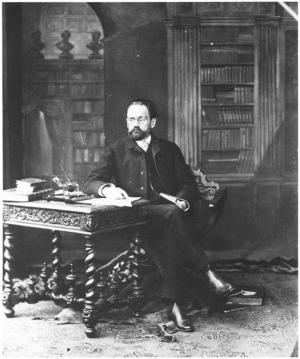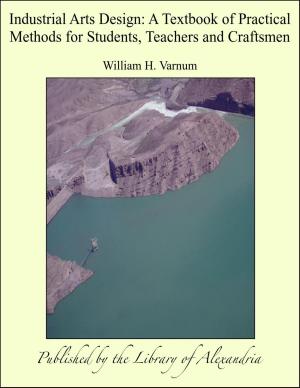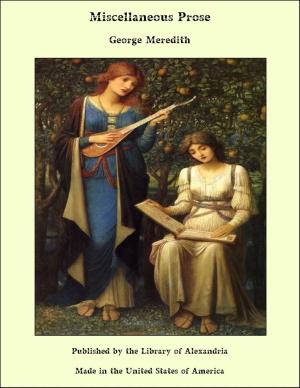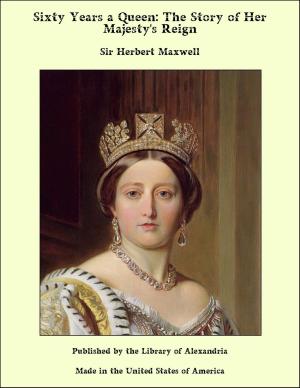Cathedral Cities of Spain
Nonfiction, Religion & Spirituality, New Age, History, Fiction & Literature| Author: | William Wiehe Collins | ISBN: | 9781465547675 |
| Publisher: | Library of Alexandria | Publication: | March 8, 2015 |
| Imprint: | Language: | English |
| Author: | William Wiehe Collins |
| ISBN: | 9781465547675 |
| Publisher: | Library of Alexandria |
| Publication: | March 8, 2015 |
| Imprint: | |
| Language: | English |
SPAIN, the country of contrasts, of races differing from one another in habits, customs, and language, has one great thing that welds it into a homogeneous nation, and this is its Religion. Wherever one's footsteps wander, be it in the progressive provinces of the north, the mediævalism of the Great Plain, or in that still eastern portion of the south, Andalusia, this one thing is ever omnipresent and stamps itself on the memory as the great living force throughout the Peninsula. In her Cathedrals and Churches, her ruined Monasteries and Convents, there is more than abundant evidence of the vitality of her Faith; and we can see how, after the expulsion of the Moor, the wealth of the nation poured into the coffers of the Church and there centralised the life of the nation. In the mountain fastnesses of Asturias the churches of Santa Maria de Naranco and San Miguel de Lino, dating from the ninth century and contemporary with San Pablo and Santa Cristina, in Barcelona, are the earliest Christian buildings in Spain. As the Moor was pushed further south, a new style followed his retreating steps; and the Romanesque, introduced from over the Pyrenees, became the adopted form of architecture in the more or less settled parts of the country. Creeping south through Leon, where San Isidoro is well worth mention, we find the finest examples of the period in the eleventh and twelfth centuries, at Segovia, Avila, and the grand Catedral Vieja of Salamanca. Spain sought help from France to expel the Moor, and it is but natural that the more advanced nation should leave her mark somewhere and in some way in the country she pacifically invaded. Before the spread of this influence became general, we find at least one great monument of native genius rise up at Tarragona. The Transition Cathedral there can lay claim to be entirely Spanish. It is the epitome and outcome of a yearning for the display of Spain's own talent, and is one of the most interesting and beautiful in the whole country
SPAIN, the country of contrasts, of races differing from one another in habits, customs, and language, has one great thing that welds it into a homogeneous nation, and this is its Religion. Wherever one's footsteps wander, be it in the progressive provinces of the north, the mediævalism of the Great Plain, or in that still eastern portion of the south, Andalusia, this one thing is ever omnipresent and stamps itself on the memory as the great living force throughout the Peninsula. In her Cathedrals and Churches, her ruined Monasteries and Convents, there is more than abundant evidence of the vitality of her Faith; and we can see how, after the expulsion of the Moor, the wealth of the nation poured into the coffers of the Church and there centralised the life of the nation. In the mountain fastnesses of Asturias the churches of Santa Maria de Naranco and San Miguel de Lino, dating from the ninth century and contemporary with San Pablo and Santa Cristina, in Barcelona, are the earliest Christian buildings in Spain. As the Moor was pushed further south, a new style followed his retreating steps; and the Romanesque, introduced from over the Pyrenees, became the adopted form of architecture in the more or less settled parts of the country. Creeping south through Leon, where San Isidoro is well worth mention, we find the finest examples of the period in the eleventh and twelfth centuries, at Segovia, Avila, and the grand Catedral Vieja of Salamanca. Spain sought help from France to expel the Moor, and it is but natural that the more advanced nation should leave her mark somewhere and in some way in the country she pacifically invaded. Before the spread of this influence became general, we find at least one great monument of native genius rise up at Tarragona. The Transition Cathedral there can lay claim to be entirely Spanish. It is the epitome and outcome of a yearning for the display of Spain's own talent, and is one of the most interesting and beautiful in the whole country
